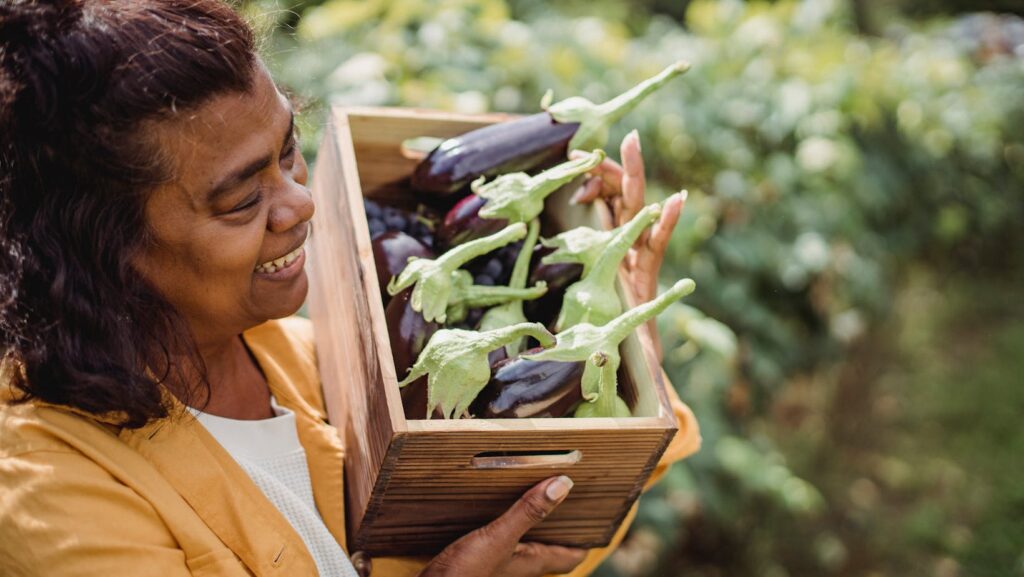Imagine stepping back in time, to an era where processed and fast foods didn’t exist. Instead, you’re surrounded by a rich bounty of fruits, vegetables, nuts, and game, all ready to be harvested, hunted, and prepared into meals that are as nutritious as they are delicious. Welcome to the world of Native American cuisine, a fascinating journey into the roots of America’s culinary heritage.
Native American Food History
As you delve deeper into the roots of Native American cuisine, you’ll encounter age-old traditions and practices. These are intrinsically tied to the land and the varied resources it provided to indigenous tribes.
Traditional Ingredients and Their Uses
Native American tribes, in their culinary wisdom, made prolific use of the natural bounty that surrounded them. They concocted meals from an array of indigenous ingredients, primarily cultivating “Three Sister” crops: corn, beans, and squash.
Corn, often referred to as maize, formed the engine of Native American nutrition. They ground it into meal, popping it for consumption, or using it to make breads and stews.
Beans, vital for their high protein content, complemented the corn by fixing nitrogen in the soil, thus promoting crop health for the future. Meanwhile, squash provided much-needed vitamins and could be stored during winter months.
Beyond crops, tribes expertly hunted game and foraged for natural edibles. Examples range from elk and buffalo, to fish, shellfish and edible plants like wild onions, sage, and berries.

Regional Variations in Pre-Colonial Diets
The geographical location of tribes significantly influenced their diet and cooking methods. East Coast tribes, benefitting from a mix of climates, enjoyed a varied diet. For instance, Iroquoian tribes relied heavily on the Three Sisters crops, but also hunted deer and fished in the vast waterways.
In contrast, Southwestern tribes such as the Navajo and Hopi, confronted with a more arid environment, turned to drought-tolerant crops like maize and beans. They also raised turkeys for meat.
Tribes residing on the Great Plains, like the Lakota and Cheyenne, centered their diet on bison. They skillfully utilized every part of the bison, producing not just food, but also materials for clothing, shelter, and tools.
Challenges and Preservation Efforts
Native American culinary heritage, despite its sustained evolution, encounters hurdles in preservation and continued practice. Several factors contribute to these difficulties, most notably the loss of traditional knowledge and the rapid modernization of food systems. However, it’s also important to shine a light on contemporary efforts seeking to safeguard this invaluable cultural facet.
Threats to Traditional Knowledge
The perpetual degradation of traditional knowledge, a key aspect of Native American food history, stands as a significant challenge. This erosion happens largely due to a complex tangle of socio-cultural factors. It brings along the gradual disappearance of age-old farming techniques, foraging practices, and preparation methods. For example, the practice of dry farming, crucial for Three Sisters cultivation, is on the wane. Even the cultivation spots for these crops, once widespread across tribal lands, today show significant contraction.
Similarly, specific cooking styles that have been part of tribal life for generations, such as clay baking and spit roasting, lose their prominence amidst modern cooking technologies. Recipes passed down orally through generations have also fallen prey to the tide of cultural assimilation, with many families losing their culinary heritage entirely.

Current Initiatives to Preserve Native American Culinary Heritage
Despite the challenges, several individuals and organizations are championing the cause of preserving Native American culinary heritage. They implement various actions and initiatives that stand as bulwarks against the vanishing tides of the traditional food legacy.
Advocates like Sean Sherman, the Sioux Chef, spearhead the native food movement, reconnecting Indigenous communities with their culinary roots. Sherman’s work seeks to revive endangered farming practices, promote traditional dishes, and rub out the stigma surrounding “commod bod” or government-issue food reliance.
Native American Food Sovereignty Alliance, another pivotal body, aims at restoring ancestral food systems via educational programs, seed saving initiatives, and sustainable farm-to-table models. Alongside, nationwide fairs and food festivals, such as the Santa Fe Indian Market’s Native Food Competition, engage the broader public in the rediscovery process of Indigenous cuisine.
By restoring the cultural significance of traditional foods and culinary practices, these initiatives not only contribute to preserving Native American food history but also open up avenues for economic and health benefits within Indigenous communities.
So here’s to the resilience of Native American culinary heritage and its ongoing revival. The past informs the present, and our food choices today can honor and preserve this rich legacy for future generations.
